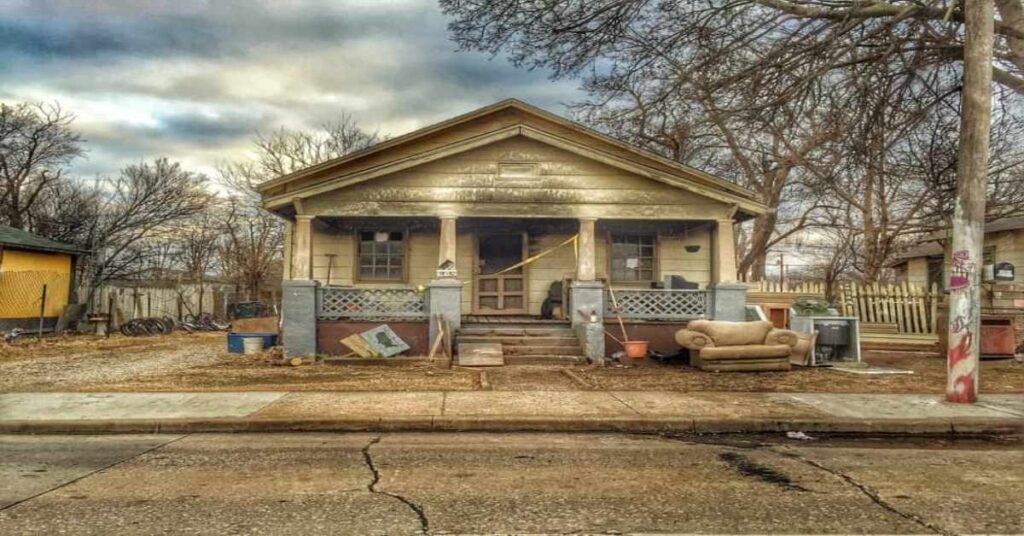Owning an older home comes with a unique set of challenges and opportunities. These enduring structures can provide a sense of history and character that new construction homes can sometimes lack. But to ensure they remain safe and comfortable living spaces, updates are often necessary. Here, we’ll guide how to blend modern conveniences with the timeless charm of your older abode. Keep reading to uncover valuable insights for respectfully refreshing your vintage residence.
Embracing the Character of Your Older Home While Updating

Older homes are treasure troves of historical detail and craftsmanship. When planning updates, consider which original features can be preserved or restored. Ornate woodwork, vintage tile patterns, and classic fixtures can often be revitalized to maintain the home’s authentic charm. Preserving these features can also add to the home’s market value, as they are desirable for their rarity and craftsmanship.
While embracing the antiquity of your home, find ways to integrate modern conveniences subtly. For example, repainting with period-appropriate colors can refresh the space while staying true to its origins. Investigating local historical resources or consulting with a preservation expert can yield a wealth of information on maintaining the integrity of the era during renovations.
However, certain historical features may require special attention to meet today’s functionality. Older windows, for instance, can be drafty, resulting in higher energy costs. When possible, opt for repairs or custom replacements that match the original design while providing improved insulation and functionality. Window treatments that echo the home’s era can also enhance both the aesthetics and efficiency.
Modernizing the Exterior

When it comes to making exterior enhancements to an older home, it is crucial to consider preserving its architectural integrity. While a homeowner may desire modern updates, certain aspects, such as the foundation, roof, and gutters, may need to be updated to meet current standards. In such cases, seeking the assistance of professionals becomes essential.
Preserving the architectural integrity of an older home while incorporating modern updates requires careful planning and expertise. Hiring professionals can help homeowners navigate this delicate balance. One aspect that often requires attention is the home’s gutters. Properly functioning gutters are crucial for directing water away from the structure and preventing water damage and foundation issues.
By enlisting the help of experienced gutter repair services, homeowners can ensure that their gutters are functioning optimally and are in line with modern standards. Searching for “rain gutter repair Salt Lake City,” for example, will help you find professionals in your area.
Tackling Structural and Safety Upgrades
Structural integrity and safety must be top priorities when renovating an older home. While charm and character are important, ensuring the dwelling meets current building codes is critical. Have a structural engineer assess the foundation and framing, as older homes can have hidden damage that compromises safety.
When repairs are necessary, work with professionals experienced in historic renovations. Such expertise can be invaluable in identifying strategies to strengthen the home’s structure without the unnecessary removal of original elements. For instance, new support beams can be concealed within walls or under floors to maintain the existing aesthetic.
Another necessary update could be basement waterproofing to prevent moisture intrusion—something that can be particularly problematic in older homes. Professional waterproofing can safeguard your home’s structure and indoor air quality without altering its historic character.
Enhancing Energy Efficiency in Historic Homes

Improving energy efficiency in an older home is not only environmentally responsible but can also provide substantial cost savings in the long run. Start by conducting an energy audit to determine where improvements can be made. Often, this reveals issues like inadequate insulation or air leaks.
Upgrading heating and cooling systems to high-efficiency models can make a significant difference. The proper selection and installation of these systems can maintain the aesthetic of an old home while significantly reducing the carbon footprint and energy bills. Look for ENERGY STAR-certified products that can handle the unique demands of your older home.
Fixes like using draft stoppers, adding insulation in attics, and weather-stripping older doors can also contribute to energy efficiency. Additionally, adding a smart thermostat can substantially impact the home’s overall energy consumption.
Altogether, updating an older home requires a balance of reverence for the past and embracing contemporary advancements. By thoughtfully planning each update, it’s possible to protect and enhance your home’s original splendor while ensuring it meets modern standards of comfort and safety.
Related Articles:
